No products in the cart.

1. Introduction:
Every year, a staggering portion of the world’s food is lost, not because it wasn’t grown well, but because it didn’t make it to the consumer in time. According to the Food and Agriculture Organization, nearly 30% of global food production is wasted, much of it during transportation and storage. This is not just a humanitarian and environmental issue—it’s a supply chain problem.
In agriculture, the journey from farm to fork involves multiple stages: harvesting, packaging, storing, transporting, and distributing. Each of these stages presents opportunities for inefficiencies, delays, and spoilage. And as demand for fresh produce grows globally, the pressure on agricultural logistics intensifies.
Enter Artificial Intelligence (AI)—a transformative technology reshaping not just how we farm, but how we move and manage agricultural products. While much attention has been given to AI in crop monitoring or yield prediction, its potential in optimizing logistics and reducing food waste is equally powerful, yet often overlooked.
From AI-powered route planning that slashes fuel consumption to real-time monitoring systems that flag potential spoilage, innovative tools are emerging to strengthen the agricultural supply chain. These smart technologies are helping farmers, distributors, and retailers cut losses, boost profits, and ensure fresher products reach consumers.
In this article, we’ll explore the critical challenges in agri-logistics and reveal how AI is offering smarter, greener solutions to reduce waste and improve efficiency across the supply chain.
2. Understanding the Agricultural Supply Chain
The agricultural supply chain is a complex network that connects farmers to consumers through a series of vital processes—harvesting, storage, packaging, transportation, processing, and distribution. Each of these stages plays a crucial role in getting food from fields to tables, but each also introduces risks that can lead to inefficiency and waste.
At the heart of the issue is perishability. Unlike manufactured goods, agricultural products have limited shelf lives. Even short delays in logistics can result in significant spoilage, especially in tropical and subtropical climates. Additionally, poor transportation planning, lack of real-time visibility, and data silos make it difficult to respond swiftly to changes in demand or unforeseen disruptions.
Smallholder farmers often suffer the most, lacking access to predictive tools or coordinated distribution systems. Without proper data integration or advanced infrastructure, they may face market mismatches, leading to overproduction or unsold crops.
For larger distributors, the challenge lies in managing supply chains efficiently at scale. Inaccurate demand forecasting, fragmented tracking systems, and inefficiencies in inventory or fleet management can create bottlenecks, inflate operational costs, and increase waste.
Understanding these pain points is key to unlocking the value AI can offer. By mapping out the current weaknesses, we can see exactly where artificial intelligence in agriculture can make the biggest impact, from real-time monitoring to automated logistics optimization.
In the next section, we’ll dive into how AI is revolutionizing agricultural logistics, helping solve these persistent issues with smart, scalable solutions.

3. AI’s Role in Optimizing Logistics
In the past, agricultural logistics relied heavily on manual planning and reactive decision-making. But with the rise of artificial intelligence in agriculture, the game is changing. AI is now enabling proactive, data-driven logistics—helping farmers and distributors move goods faster, cheaper, and with less waste.
One of the most impactful applications is AI-powered route planning. Traditional delivery schedules often follow static routes, which don’t account for traffic, road conditions, or delivery priorities. AI systems, however, analyze real-time data to create dynamic delivery paths that minimize fuel consumption, reduce delivery times, and improve overall efficiency.
Predictive analytics is another major advancement. By leveraging historical data and real-time inputs, AI models can accurately forecast demand and suggest optimal harvesting and shipping schedules. This reduces overproduction and helps align supply with actual market needs—a huge win in fighting post-harvest waste.
AI is also driving smarter inventory and fleet management. Algorithms can track the location and condition of goods in real time, allowing quick responses to potential spoilage or delivery delays. When integrated with IoT devices, AI systems can even monitor temperature, humidity, and vibration levels during transit, critical for perishable goods.
The use of machine learning in farming logistics helps anticipate disruptions, allocate resources more efficiently, and streamline operations at every level of the supply chain. Whether it’s reducing idle truck time or improving cold chain management, AI is making agricultural logistics smarter and more sustainable.
Next, we’ll explore how AI not only optimizes movement—but actively reduces food waste across the supply chain.
4. Reducing Waste Through AI
While optimizing logistics is crucial, AI’s real power lies in its ability to proactively reduce food waste across the agricultural supply chain. From the moment a crop is harvested to the time it reaches the store shelf, AI can detect, prevent, and even predict where waste is most likely to occur.
Post-harvest loss prevention is a key area where AI excels. Smart sensors embedded in storage facilities or transport containers can continuously monitor conditions like temperature and humidity. If levels stray from the optimal range, alerts are triggered in real-time, helping farmers or logistics managers take immediate action before spoilage happens. These technologies are already making a difference in cold chain systems across Asia and Africa.
Another transformative application is AI in supply-demand synchronization. Using real-time market data and historical trends, AI tools can recommend the best times to harvest and ship produce. This reduces the risk of unsold or expired goods sitting in storage or on retail shelves. For many producers, especially smallholders, this technology is a game-changer.
Computer vision and automated sorting systems are also cutting down waste at the processing stage. AI-enabled machines can quickly identify and grade produce by size, ripeness, or defects, ensuring only the best items are shipped. This not only speeds up processing but also minimizes human error and reduces the likelihood of rejected shipments.
Through smarter planning, monitoring, and sorting, AI offers a comprehensive toolkit for reducing waste, helping create a more resilient and sustainable agricultural supply chain.
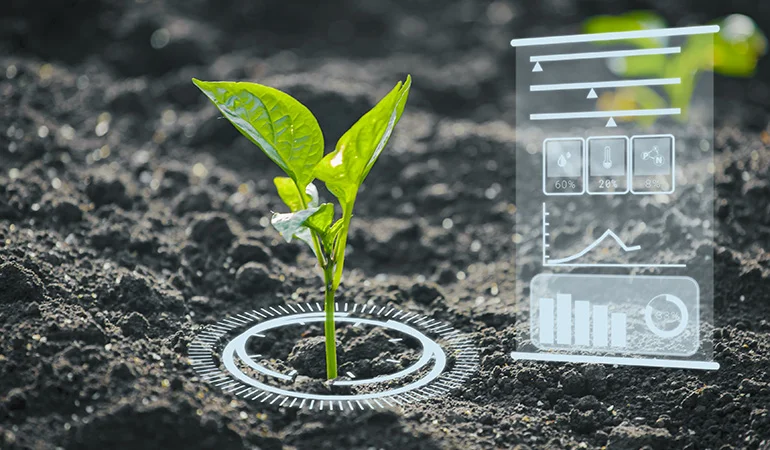
5. Case Studies & Success Stories
Real-world success stories show just how impactful AI in agriculture logistics can be. Around the globe, farms and agribusinesses are turning to artificial intelligence to not only streamline operations but also reduce food waste in measurable ways.
One compelling example comes from a startup in East Africa using AI and IoT sensors to monitor crop storage conditions. By deploying affordable smart sensors in rural warehouses, they were able to track temperature and humidity in real-time. The data, processed by an AI platform, helped farmers take action to prevent rot and pest damage. Within one season, the community reported a 30% drop in post-harvest loss.
In Europe, a major food distributor adopted an AI-powered route optimization platform to handle its fresh produce logistics. The system analyzed delivery points, traffic conditions, and truck capacity to generate the most efficient delivery schedules. As a result, the company cut fuel costs by 20% and significantly reduced delays that often led to spoilage.
A leading agri-tech company in the U.S. integrated machine learning into its inventory systems. By accurately forecasting market demand and aligning stock accordingly, it eliminated the overstocking of perishable goods, leading to a 25% reduction in waste.
These case studies highlight the versatility of AI in tackling different supply chain challenges in agriculture, from smart storage to real-time tracking and predictive analytics. They also show how AI doesn’t just help large agribusinesses, but can empower small farmers and regional cooperatives as well.
6. Challenges & Considerations
While the potential of AI in agriculture logistics is vast, the journey to adoption is not without challenges. There are several barriers that prevent many stakeholders from fully realizing AI’s benefits, especially in developing regions or smaller operations.
One of the most significant hurdles is cost. Implementing AI solutions requires investment in both the technology and the infrastructure to support it. For smallholder farmers or emerging markets with limited resources, this upfront cost can be prohibitive. Additionally, the ongoing maintenance of AI systems, including hardware and software updates, adds to the financial burden.
Access to data is another challenge. AI relies heavily on data—real-time data on weather, supply chain movements, and market conditions—to generate meaningful insights. However, many agricultural areas still suffer from poor connectivity or fragmented data systems, which can limit the effectiveness of AI solutions. For AI to truly make a difference, consistent, reliable data streams are essential.
Additionally, there’s a need for training and digital literacy. Many farmers, especially those in rural or less developed areas, may not be familiar with the technologies required to implement AI solutions. Offering training programs and support is critical to ensuring that the technology is used effectively.
Finally, data privacy and security concerns must be addressed. As AI solutions become more integrated into agricultural operations, there is a growing need to protect sensitive data from breaches and misuse. This requires strong policies and governance frameworks to ensure trust and compliance.
Despite these challenges, the long-term benefits of AI in optimizing agricultural logistics and reducing waste are clear. With the right support and investments, AI has the potential to revolutionize the supply chain, making it more efficient, sustainable, and profitable.

7. Conclusion:
AI is reshaping the agricultural supply chain, offering solutions that can optimize logistics, reduce waste, and increase sustainability. From real-time monitoring systems that prevent spoilage to AI-powered route planning that slashes fuel costs, the potential for artificial intelligence to transform agriculture is enormous.
By tackling inefficiencies in key areas like transportation, inventory management, and post-harvest loss prevention, AI not only helps businesses save money but also creates a greener future for the industry. The reduction in waste—both food and environmental, leads to less pressure on natural resources and a more sustainable food system overall.
As we’ve seen in the case studies, AI is already making a significant impact, driving tangible benefits across the globe. However, challenges remain in the areas of cost, data access, and training, particularly for smaller players in the agricultural ecosystem. For AI to reach its full potential, it is crucial for governments, private sectors, and agricultural communities to work together and bridge these gaps.
Now is the time for agribusinesses, farmers, and policymakers to embrace AI’s potential. Whether it’s by investing in AI-powered tools or collaborating on data infrastructure, the path forward is clear. As AI continues to evolve, its role in creating a smarter, greener, and more efficient supply chain will only grow more essential.
If you’re part of the agriculture industry, now is the time to explore how AI can improve your operations and reduce waste. Start small, experiment, and see firsthand how AI can revolutionize your supply chain for the better.
FAQs:
Q1. How does AI improve logistics in the agricultural supply chain?
AI enhances logistics by optimizing delivery routes, reducing fuel consumption, and improving delivery times. AI-driven platforms analyze data such as traffic conditions and vehicle capacity to create the most efficient delivery schedules, leading to cost savings and reduced environmental impact.
Q2. Can AI help reduce food waste in agriculture?
Yes, AI contributes to reducing food waste by predicting demand more accurately, optimizing inventory levels, and monitoring storage conditions. For instance, AI-powered sensors track temperature and humidity in storage facilities, alerting managers to potential spoilage risks.
Q3. What are the challenges of implementing AI in agricultural supply chains?
Challenges include high initial costs, limited access to reliable data, and a lack of digital literacy among farmers. These barriers can hinder the adoption of AI technologies, especially in developing regions.
Q4. How does AI contribute to sustainable agriculture?
AI promotes sustainability by optimizing resource use, reducing waste, and enhancing supply chain transparency. For example, AI can predict crop yields, enabling better planning and reducing overproduction.
Q5. What are some real-world examples of AI improving agricultural supply chains?
Companies like Fresh flow in Germany use AI to predict grocery produce demand, reducing waste by up to 30%. Additionally, AI-powered tools are employed to enhance cold chain management and automate sorting processes, improving efficiency and reducing waste.
Related Articles
Farm Automation
How AI Is Helping Organic Farmers Stay Competitive
1. Introduction: Organic farming has always been admired for its sustainability, purity,...
Farm Automation
AI Farm Assistants: Are Virtual Advisors the Future of Agriculture
1. Introduction: Imagine having a personal farm assistant who never sleeps, analyzes...
Farm Automation
How U.S. Farmers Use AI to Monitor Weather and Make Better Decisions
1. Introduction: For generations, U.S. farmers have relied on intuition and traditional...
Farm Automation
Can AI Replace Manual Labor on U.S. Farms? Here’s What to Know
1. Introduction: Imagine a cornfield in Iowa where machines handle everything from...
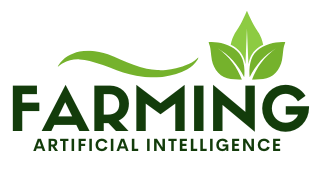
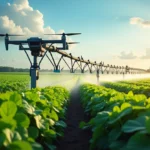

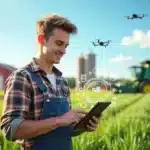

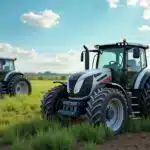


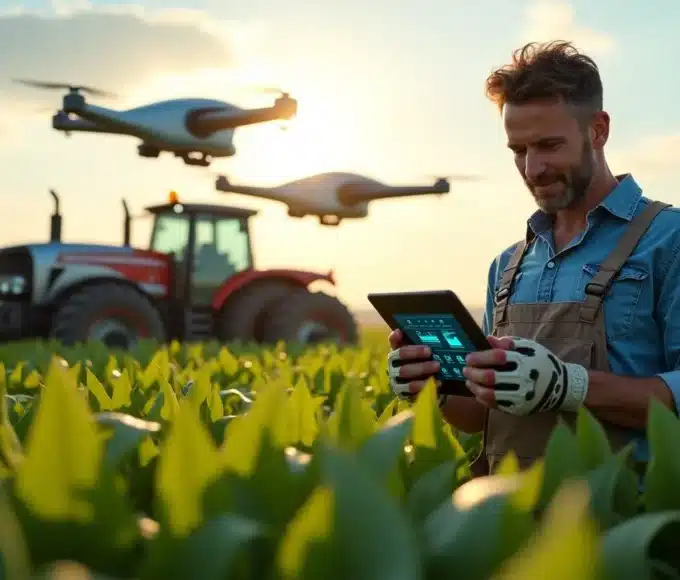
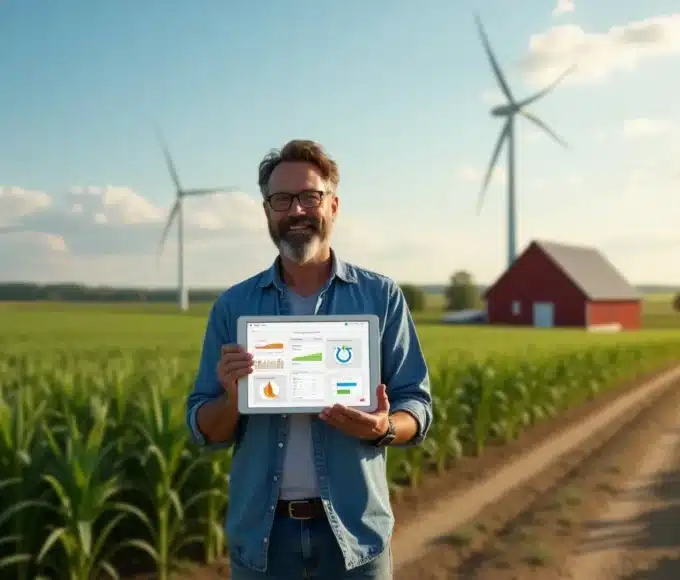
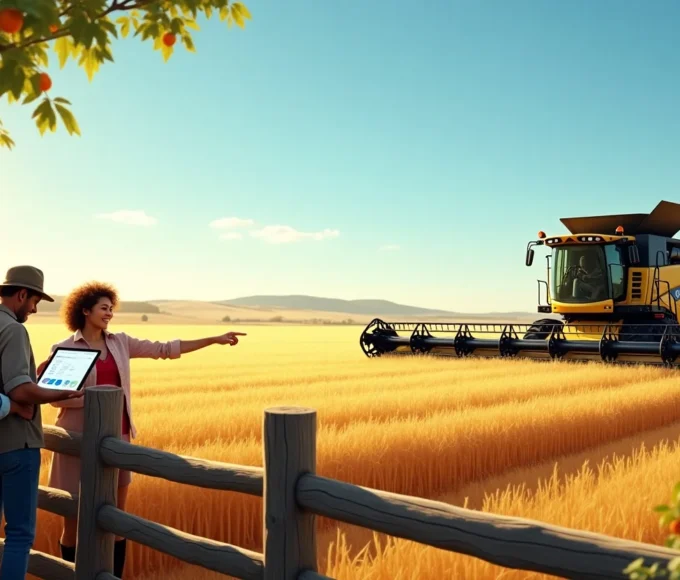
Leave a comment